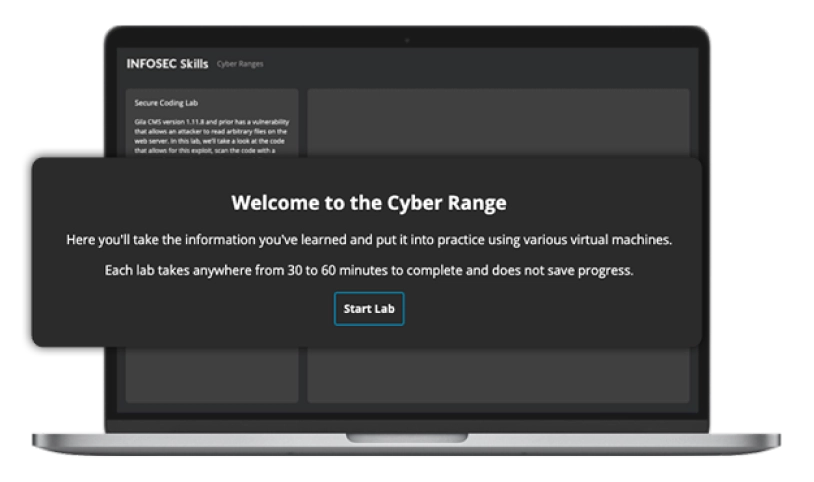
Threat Modeling Learning Path
5 hours, 10 minutes
Quick facts
About this learning path
-
courses
100% online
-
Duration
5 hours, 10 minutes
-
Assessment
questions
About Threat Modeling
Threat modeling is a process to identify security weaknesses in software design and architecture. In this path, you will explore five courses, starting with a background and top-level view of threat modeling. The second course will describe three core security frameworks that can be used with threat modeling to find threats and mitigations. The third course covers the "moving parts," or elements of a threat model and their relationship with each other. The fourth course covers the basics of threat modeling, the fifth course introduces secure agile architecture concepts, and the sixth is a lab bringing it all together.
Syllabus
Threat Modeling Skill Assessment
Assessment - 29 questions
Why Do Threat Modeling?
Course - 00:52:00
Conceptual Frameworks
Course - 00:47:00
Threat Model Decomposition
Course - 00:57:00
Threat Modeling 101
Course - 00:41:00
RTMP - Rapid Threat Model Prototyping
Course - 01:23:00
Threat Model Lab
Course - 00:18:00
The details
Learning path insights
How to claim CPEs
Should you complete this learning path, you’ll be able to download a certificate of completion. Use this to claim your CPEs or CPUs.
Associated NICE Work Roles
All Infosec training maps directly to the NICE Workforce Framework for Cybersecurity to guide you from beginner to expert across 52 Work Roles.
- All-Source Analyst
- Mission Assessment Specialist
- Exploitation Analyst
No software. No set up. Unlimited access.
Skip the server racks and spin up a realistic environment with one click. Infosec Skills cyber ranges require no additional software, hardware or server space so your team can spend less time configuring environments and more time learning. Unlimited cyber range access is included in every Infosec Skills subscription so your team can skill up however they learn best.

Unlock 7 days of free training
- 1,400+ hands-on courses and labs
- Certification practice exams
- Skill assessments
Plans & pricing
Infosec Skills Personal
$299 / year
- 190+ role-guided learning paths (e.g., Ethical Hacking, Threat Hunting)
- 100s of hands-on labs in cloud-hosted cyber ranges
- Custom certification practice exams (e.g., CISSP, Security+)
- Skill assessments
- Infosec peer community support
Infosec Skills Teams
$799 per license / year
- Team administration and reporting
- Dedicated client success manager
-
Single sign-on (SSO)
Easily authenticate and manage your learners by connecting to any identity provider that supports the SAML 2.0 standard.
-
Integrations via API
Retrieve training performance and engagement metrics and integrate learner data into your existing LMS or HRS.
- 190+ role-guided learning paths and assessments (e.g., Incident Response)
- 100s of hands-on labs in cloud-hosted cyber ranges
- Create and assign custom learning paths
- Custom certification practice exams (e.g., CISSP, CISA)
- Optional upgrade: Guarantee team certification with live boot camps

